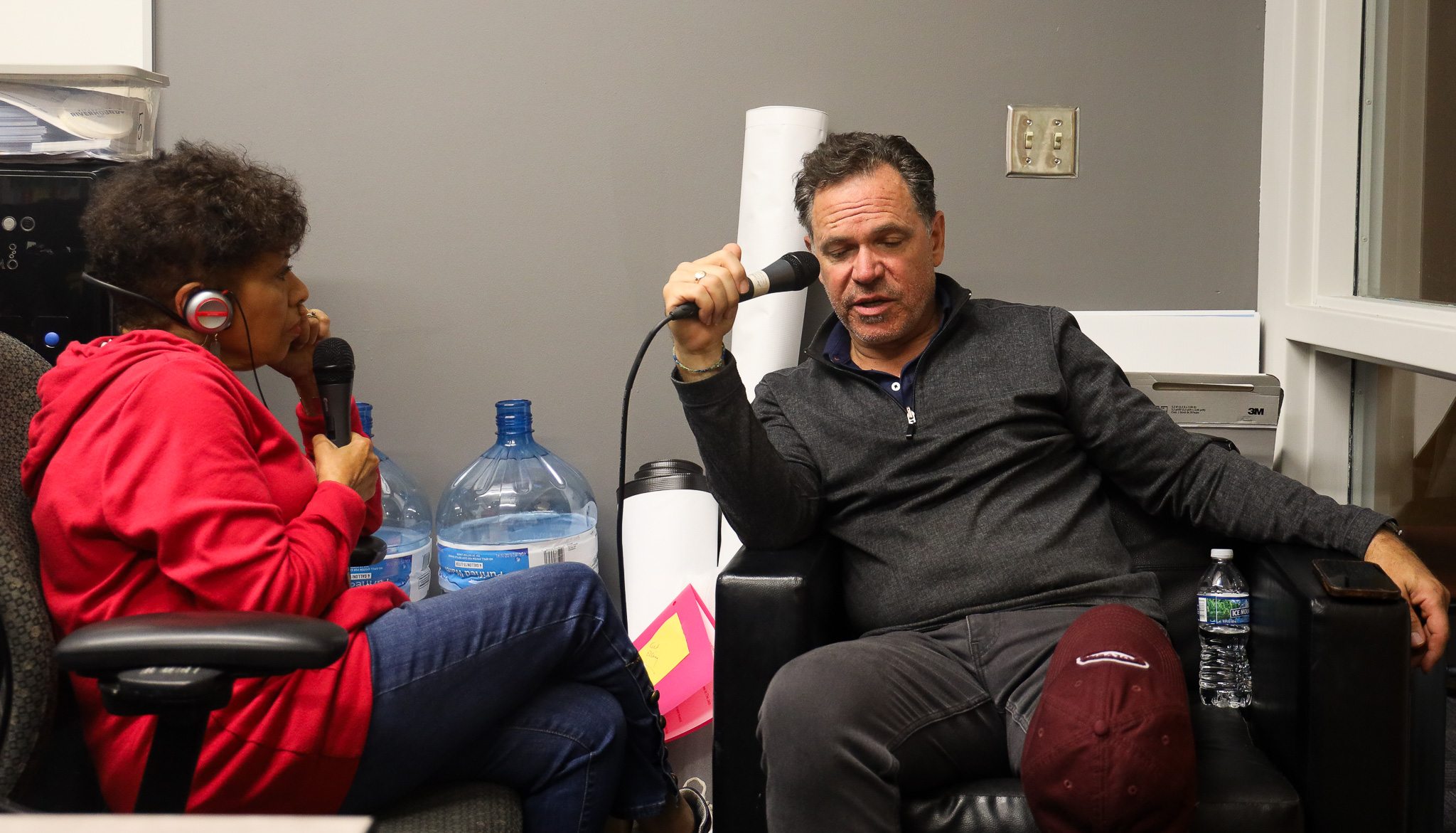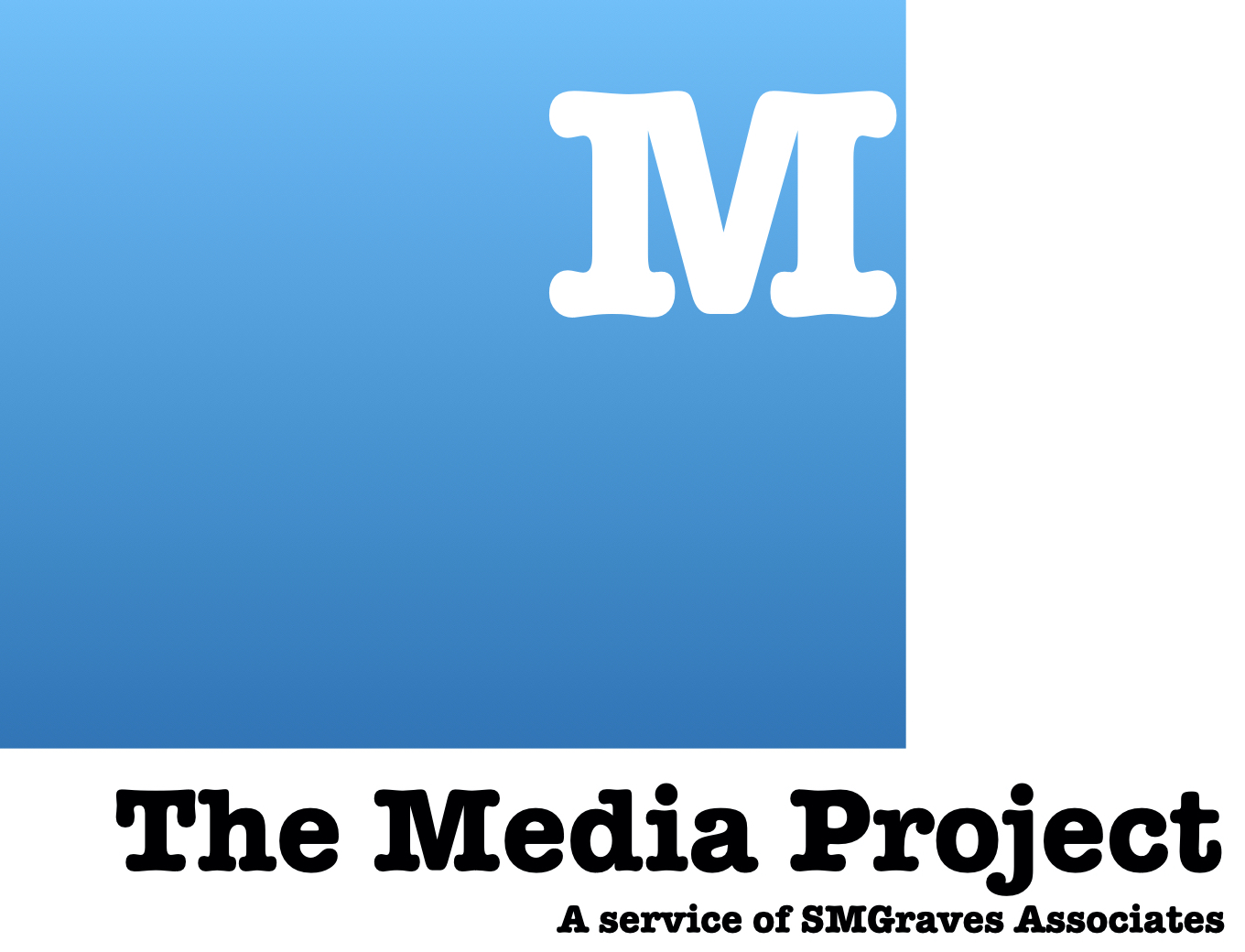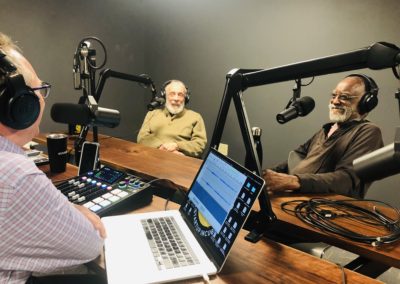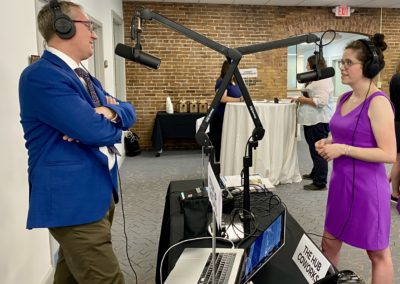Breaking Housing Matters
An Op Ed by Peter de Krassel

Courtesy of Breaking Housing Matters
The Answer to Vermont’s “Underwater” Property Market
Peter G de Krassel
Vermont’s housing has priced itself beyond the reach of most buyers and renters – and is making people more house insecure after July’s record-breaking rainfall and historic flooding that drowned downtown Montpelier — and which continued into August. A cataclysmic replay of the late winter flood of 1992, and Tropical Storm Irene in 2011 that has disproportionately impacted low-income areas, and many of Vermont’s 234 mobile home parks, that are built in floodplains.
Manufactured housing, traditionally referred to as mobile homes, account for about seven percent of Vermont’s housing. A third of those homes, or about 6,700 are in mobile home parks. The rest on private lots.
Some 5,000 Vermonters have reported their residences were damaged, with more than 750 saying their homes are uninhabitable. A disproportionate number being manufactured homes.
Climate change, heavy rains, and rising waters are not only destroying homes in their wake, but building material yards, construction companies and their equipment, further contributing and compounding the growing shortage of housing. In a state with some of the lowest rental vacancy rates in the country – and highest rates of homelessness – the floods had a devastating percent impact on the state’s housing crunch.
The Vermont Housing Financing Agency says Vermont needs to build 40,000 new housing units by 2030 to meet demand – a large number for a state with only 645,000 residents. Vermont’s baby-boom population is rapidly aging. More than a fifth of Vermonters are 65 or older, and more than 35 percent are over 54, the age at which Americans typically begin to leave the work force. Vermont has the smallest share of residents in their prime working years.
A prolonged labor shortage is looming. Vermont’s unemployment rate was 1.9 percent in September, among the lowest in the country, and the labor force is still thousands of people smaller than before the pandemic. Getting workers to move to Vermont is virtually impossible because of the lack of affordable housing.
Cabot Creamery has contracted with a local college to use unoccupied dormitories to house temporary workers brought in from other states and – on guest-worker visas – from overseas.
Sugarbush Resort has applied for permits to build a “Workforce” four-story apartment building and three single-family homes.
Vermont needs more affordable housing. Smart flood-proof affordable housing like the Taylor Street Apartments complex built atop the Montpelier Transit Center on the banks of the Winooski River — built profitably is what Vermont, like the rest of the country, desperately needs.
The Housing Opportunities Made for Everyone (HOME) Act, signed into law by Governor Phil Scott in early June 2023, a month before Vermont’s deluge and flood, with the required zoning changes and streamlined permit process, eliminating costly duplicative state and local permit review, are steps in the right direction.
Decisive and imaginative action needs to be taken to address Vermont’s underwater properties and housing shortage.
One “affordability solution” for the government and private sector to consider is what I call the Housing Subsidy Solution (HSS), a subsidized housing model to Build Affordable Housing Profitably.
It would involve a partnership between the private sector and government, managed by the private sector. In short, this solution could make housing affordable to homeowners and renters while also giving the developer-landlord a reasonable return on investment.
For this proposal, we should work on the basis that nobody ought to pay more than a quarter of their income for either a mortgage or rent. At the same time, the developer, landlord and seller should be able to make a reasonable return on their investment. So a subsidy fund would make up the difference between the actual cost and what the renter or buyer would pay.
This would involve five sets of stakeholders.
- First, city councils, state legislatures and government agencies would work with the federal government to determine how to streamline and funnel existing and new grants and benefits to HSS.
- Second, public or private foundations, philanthropic organizations and other private stakeholders would contribute.
- Third, developers and landlords would contribute a percentage of their profits and make donations from their charities to HSS.
- Fourth, financial institutions, especially those offering mortgages, construction loans, and underwriters of public housing and infrastructure bonds, would allocate a few basis points of every loan. They could also offer reverse mortgages to new buyers and have their charities donate to HSS.
- Finally, houses of worship and their charities that enjoy tax-exempt status could allocate up to 50 percent of the donations they receive to HSS.
It is past time that we built affordable housing for buyers and renters, and housing that is also profitable for landlords and developers.
An alternative housing paradigm – actually a sea-change – is needed to solve the current housing crisis. Vermont, starting in the repeatedly flooded city of Montpelier, can start building affordable housing profitably today through a collective initiative that could become a national model.
Peter G de Krassel is the founder of Breaking Housing Matters, and author of the newly released book Custom Maid Housing for New World Disorder. Peter@breakinghousingmatters.org
…And in the Jazz Room
Our interview with Kurt Elling at the Pittsburgh International Jazz Festival includes stories about the people who have lifted him up through the years and his personal observations of The Jazz Room during his visit.



Interested in advertising with us? Perhaps you want a unique way to support the economic development work we accomplish while getting access to our intelligent and informed listeners? Join our roster of supporters. Click that button below to find out more.
© 2024 SM Graves Associates • Website Designed and Developed by inConcert Web Solutions • Site Map





